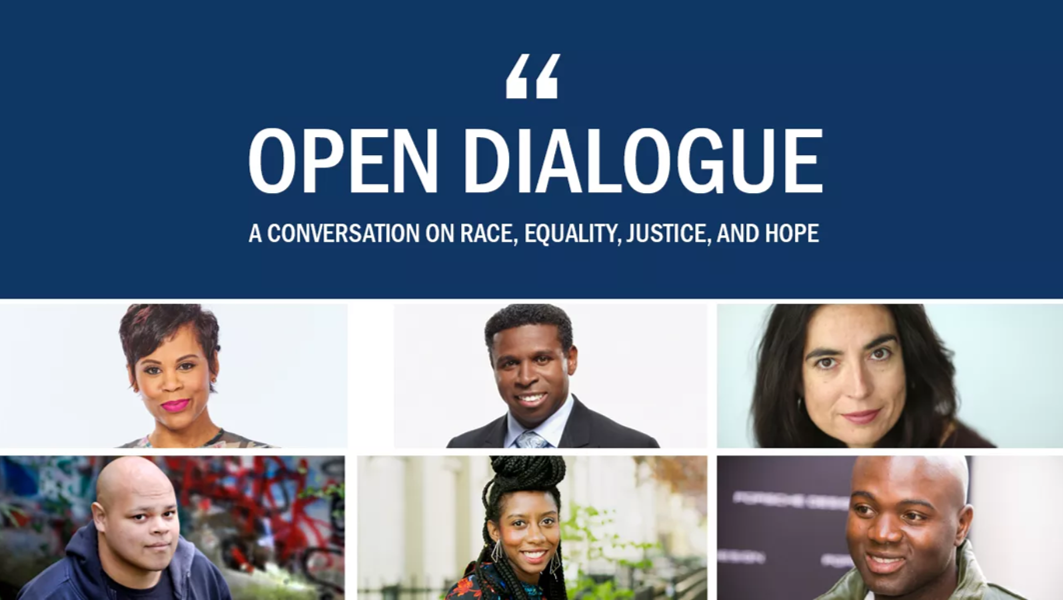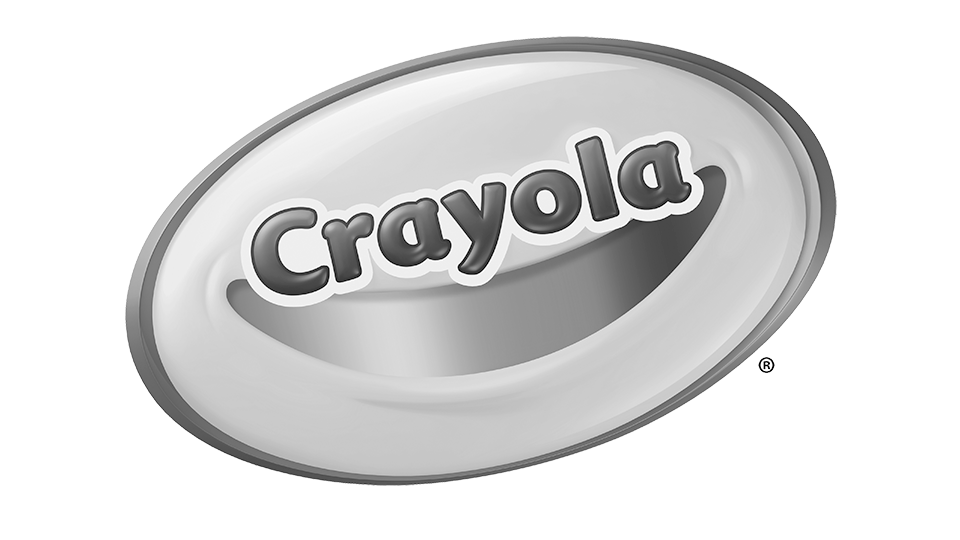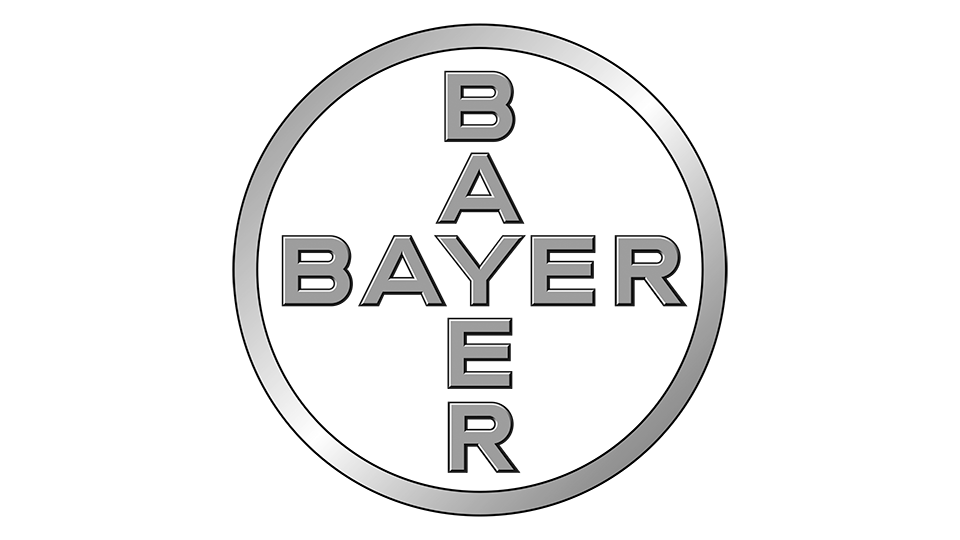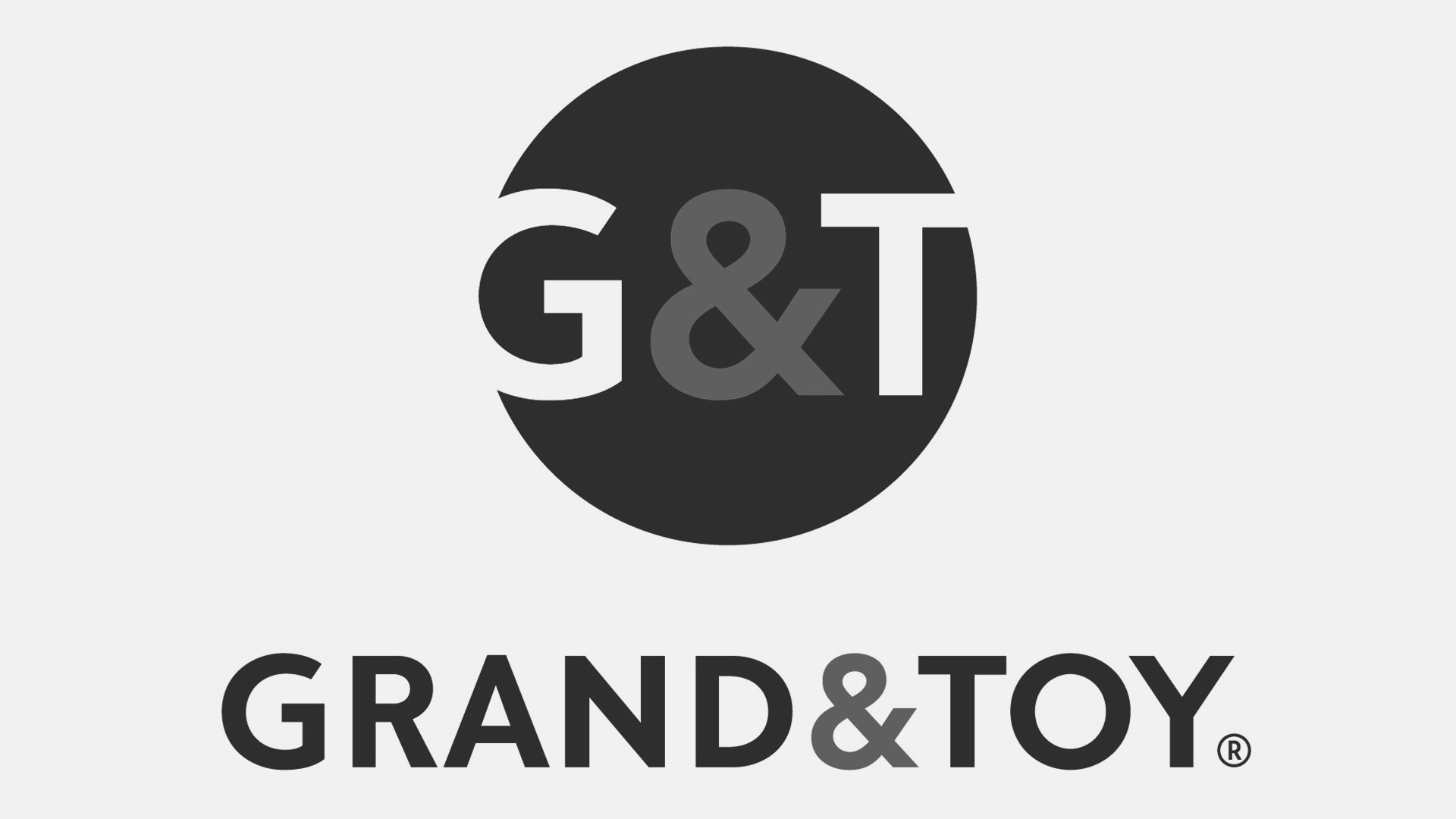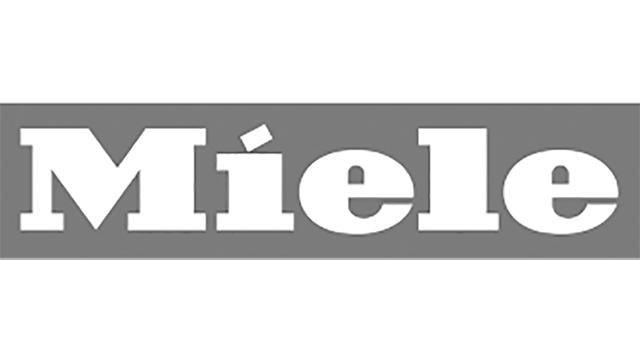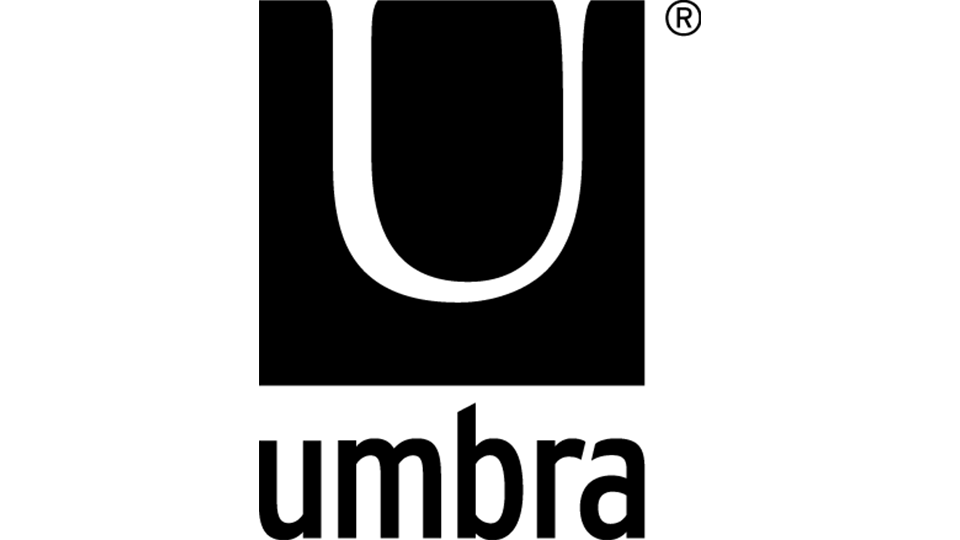Thought Leadership Conference 2015
This year’s conference was all about snow and ice as we were treated to the first snowstorm of the season and some great ice wines and ice wine martinis. Our speaker lineup was well-received, particularly ex-naval submarine captain and author @David Marquet, Wharton professor and author @AdamGrant, and our PEO panel on employee engagement. Highlights from the speaker sessions are noted below. For anyone who missed the conference, this summary is a must-read. This summary will provide the key takeaways by each speaker.
David Marquet
David Marquet, ex-Commanding Officer of the USS Sante Fe, one of the U.S. Navy’s nuclear submarines and author of Turn the Ship Around! advised the PEO audience to reframe leadership in 5 ways:
- Have people think by giving them a general intent—not instructions. On his ship Marquet was famous for developing a leader-leader culture. He delegated authority and to ensure his crew were making good decisions, he made it a practice that they “thought out loud” by using the phrase “I intend to” before they acted. Marquet could then confirm their direction by responding “Very well” or suggest alternatives. “Thinking out loud” helped reinforce his team’s learning and supported his delegation of authority.
- Push authority to information, not information to authority. Marquet pointed out that leaders don’t see everything and the best place for decisions to be made is where the information resides.
- Move people up the ladder of leadership. Employees often start out by saying to their boss “Tell me what to do.” A strong leader works to push his or her employees up the ladder of leadership by reframing their mindsets so that they move to “I think,” then “I recommend,” “I request permission,” “I intend to,” “I’ve done,” and finally “I’ve been doing.” With this mindset, people are bringing not just problems, but problems with solutions. It reinforces their sense of purpose.
- Act your way to new thinking, not think your way to new action. In turning around the performance of his submarine, Marquet felt that he didn’t have the time to wait for new thinking to take hold in the culture, which would then lead to new actions. Instead, he decided to mandate new ways of acting, such as, the way the crew introduced themselves, as indicators of pride and dedication to the ship. His experience was that this new way of acting helped change the crew’s thinking.
- Listen, be curious, and embrace dissenting opinions. Marquet reinforced the importance of listening and encouraging employees to provide opinions. In practice, he appointed one person to be the challenger/dissenter in a meeting. This ensured that any bias was averted and that all angles were considered.
Adam Grant
Can you imagine an organizational culture that operates as follows?
- Enables employees to work together to find creative solutions, create opportunities and get work done faster
- Ensures that expertise is transferred from experienced to new employees
- Aligns employees to the mission value and objectives of the organization
- Reduces variability in performance when some members are overloaded or distracted
- Establishes an environment in which customers and suppliers feel that their needs are the organization’s top priority
Grant introduced us to 3 fundamental styles of interaction/reciprocity: takers, givers, and matchers. Takers like to get more than they give. Givers are focused and strive to be generous in sharing their time, energy and connections. Matchers believe in tit-for-tat and relationships governed by an even exchange of favours.
Grant indicated that the distribution of givers throughout the ladder of an organization is about 25% at the top and 25% at the bottom. The difference between the two groups is the top-performing givers not only give, but also reach out and ask for help. The bottom 25% become so focused on helping others that they do not prioritize themselves and suffer accordingly. Grant impressed upon the group the importance of creating a business culture where giving is prevalent. Givers drive positive organizational performance by doing more than what’s asked of them and by making those around them better. Givers, who spend time helping others, also learn more.
Takers on the other hand, often rise and fall quickly in organizations. The negative impact of 1 taker is 3x more harmful to an organization than the benefit of 1 giver.
Why do leaders not move to create an open culture based on these findings? How do they eliminate the structures and processes that stand in between realizing their vision and the desired results of their organization? Here are 3 practices that will move a committed leader in the right direction: facilitating help-seeking, recognizing and rewarding givers, and screening out takers.
Facilitating Help Seeking
Giver cultures depend on employees making requests, otherwise, it’s difficult to figure out who needs help and what to give. Below are 3 ideas to consider within your own organization:
Build reciprocity rings.
Reciprocity rings are opportunities for everyone in your organization to ask for help in an environment where people rarely feel uncomfortable. These rings can be established cross industry (think about your own Advisory Team within PEO) or within an organization by crossing divisions. The monetary value of help being offered can be significant.
Within an organization the exercise generally gathers employees in groups of between ten and two dozen members. Each employee makes a request, and group members use their knowledge, resources, and connections to grant it. Since everyone is asking for help, people rarely feel uncomfortable. If you become successful at this then the next opportunity lies in creating an understanding within your organization/culture so that giving comes full circle. This means developing opportunities that allow employees to give outside of their circles without any direct benefit to them. Adam Grant talked about living the dream by giving 5 minutes of one’s time every day to make a difference to others. To a certain degree this is the behaviour we’ve been encouraging within our community of leaders at PEO.
Creating boundaries and roles.
Despite the power of help-seeking in shaping a giver culture, encouraging it also poses significant risk. Employees can become so consumed with responding to each other’s requests that they lack the time and energy to complete their own responsibilities. Over time, employees face two choices: allow their work to suffer or shift from giving to taking or matching. Some possible solutions include:
- Create windows for quiet time (i.e. Mondays and Wednesdays until noon), when interruptions were not allowed
- Designate formal “helping” roles to coordinate more efficient help-seeking and -giving behaviour. Designate helping roles can provide employees with a clear sense of direction on where to turn for help without creating undue burdens across a unit
Creating the right level of internal competition through rewards.
In a perfect world, leaders could promote strong giver cultures by simply rewarding employees for their collective helping output. The reality, however, is more complicated.
- Start with expanding performance evaluations beyond results, to include their impact on other individuals and groups. For example, when assessing the performance of managers, the leadership can examine not only the results their teams achieve but also their record in having direct reports promoted.
- Recognize your givers publicly even if there is no financial incentive. Generosity becomes the source of status.
- Create a program that allows employees to reward each other for giving. One company referred to it as tipping similar to what is found in the restaurant industry.
Keep the wrong people off the bus
Pursuing a giving culture entails hiring givers from the onset and screening out takers. Below are 3 key things to be aware of when seeking out takers:
- Takers tend to claim personal credit for success. You hear the word “I” and “me” instead of we. When interviewing ask questions about successes, screening for self-glorifying responses can be revealing.
- Takers tend to follow a pattern of “kissing up, kicking down.” When dealing with powerful people, they’re often good fakers, coming across as charming and charismatic. But when interacting with peers and subordinates, they feel powerful, which leads them to let down their guard and reveal their true colours.
- Takers sometimes engage in antagonistic behaviour at the expense of others—say, badmouthing a peer who’s up for a promotion or overcharging an uninformed customer.
Walk the Talk!
Giver cultures, despite their power, can be fragile. To sustain them, leaders need to do more than simply encourage employees to seek help, reward givers, and screen out takers: they need to walk the talk!
The PEO Panel
The PEO Panel was a highlight again this year, with Alison McLean Country Business Manager for Nestlé Health Science, Vadim Motlik Chief Development Officer, LS travel retail North America, and Marshall Myles, President and shareholder Skyservice Business Aviation, under the skilled panel facilitation of Sarah Beech, President of Accompass, all providing key insights on how they tackle the talent challenge. Three main themes around inspiring, engaging and motivating people came out of the discussion.
- The importance of sharing and transparency. Ensuring the company’s guiding principles/values are understood, developing shared views of the company’s issues (such as complacency or change urgency) often through deep conversations, and being open to share key metrics/financials throughout the organization are all critical to employee engagement. One organization utilized storytelling extensively to celebrate and reinforce employee success stories in their interactions with customers. Another organization’s management team made a point of rotating the location of their town halls to various field locations across the country to ensure key messages were being communicated down through the ranks.
- The benefits of a structured approach, including use of outside experts. All three panelists relied on outside experts to help structure and drive their people processes and used employee surveys to track key issues and provide feedback to people managers. Formal mentoring programs, structuring meetings between executives and their direct reports’ reports (e.g. two levels down), training, and developing peer “coaches” were other mechanisms used to reinforce employee development.
- The requirement of holding people accountable for employee engagement. One organization used the employee survey extensively: detailed survey results were the basis of an open dialogue between the manager and his/her department, managers were tasked with developing impact plans including details of how they planned on improving their employee engagement, and manager bonus payouts were based in part on employee engagement scores. An interesting statistic was given: 3 actively engaged employees are required to “neutralize” 1 disengaged employee.
There was a closing reminder of the adage “No cash, no fun,” that is, financial success and stability in their own rights drive engaged employees and are critical to a company’s ability to invest in people.
David Usher
David Usher, Juno-award winning singer and songwriter kicked off the first night of our conference by giving us a peek at his creative process. He called creativity a learnable skill. He believes that creativity involves 95% discipline and hard work and 5% inspiration. Surprisingly, this hard work-heavy mix even applies to him as a recording artist. He asserts that reaching for “the big idea” is the wrong place to start. In his view, there are 4 steps that highly creative organizations take:
- Build the structures and processes that give people permission to take risk. Overcoming resistance and fear and encouraging dialogue and thinking “outside the lines” are essential to the creative process.
- Engage and collect ideas.
- Mix and match those ideas. It is out of these combinations or, as David calls them, “creative collisions” that flashes of insight and ultimately new ideas are born.
- Build and deliver on these ideas through work and rework.
David ended by asking us to remember our 5 year-old selves. As children, we didn’t see the lines and didn’t understand the rules and so were inherently creative. Re-engaging with this mindset and following his 4 steps will put us on the path to creativity.
Andrew Abouchar
Andrew Abouchar, Waterloo-based technology guru and venture capitalist, tried to parse the technology space down into the few high-level trends most important. He asserted that 3 technology trends bear watching:
- Web design: While Andrew doesn’t believe organizations necessarily need to build an app, he does think that websites need to be customized with specialized content and design depending on the edge device used. In tech parlance, this means adaptive web design rather than responsive/consistent content across devices. Mobile is becoming the de facto way customers engage with companies, and mobile users are looking for video, visuals, and large fonts, not text-heavy views. Andrew also suggests ensuring that the most important information is a click or two away for mobile users, including company contact information.
- Social media: Social media is not just for kids! Two approaches to driving web traffic are paid advertising and organic search, both of which are extraordinarily expensive. Andrew suggests overcoming these challenges by deliberately engaging with your customers, first by figuring out which social media platform(s) they are on (e.g. LinkedIn, Facebook, Twitter, Instagram). Then, start a relevant dialogue with your customers on that platform with eventual links through to your site. He warns that social media is not for sales people or for overt selling. It’s a community engaged in conversation. Many organizations hire Community Managers whose job is to manage these conversations. Two keys to success here are consistent messaging and publishing regularly.
- Software-as-a-service (SAAS). Andrew calls SAAS a tsunami of a technology trend that should be embraced. Benefits of outsourcing applications, such as, CRM and payroll include reduced need for expensive infrastructure and a shift in focus from stability of the software to functionality of the software. Concerns over data security have been overcome by large Canadian banks, which manage customer analytics outside of their firewalls, and should not prevent SAAS adoption.



